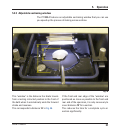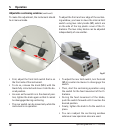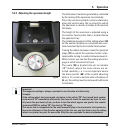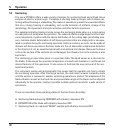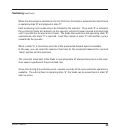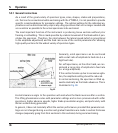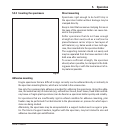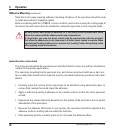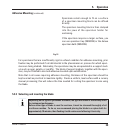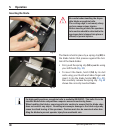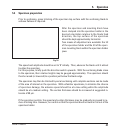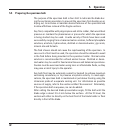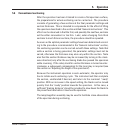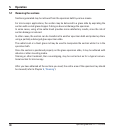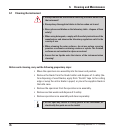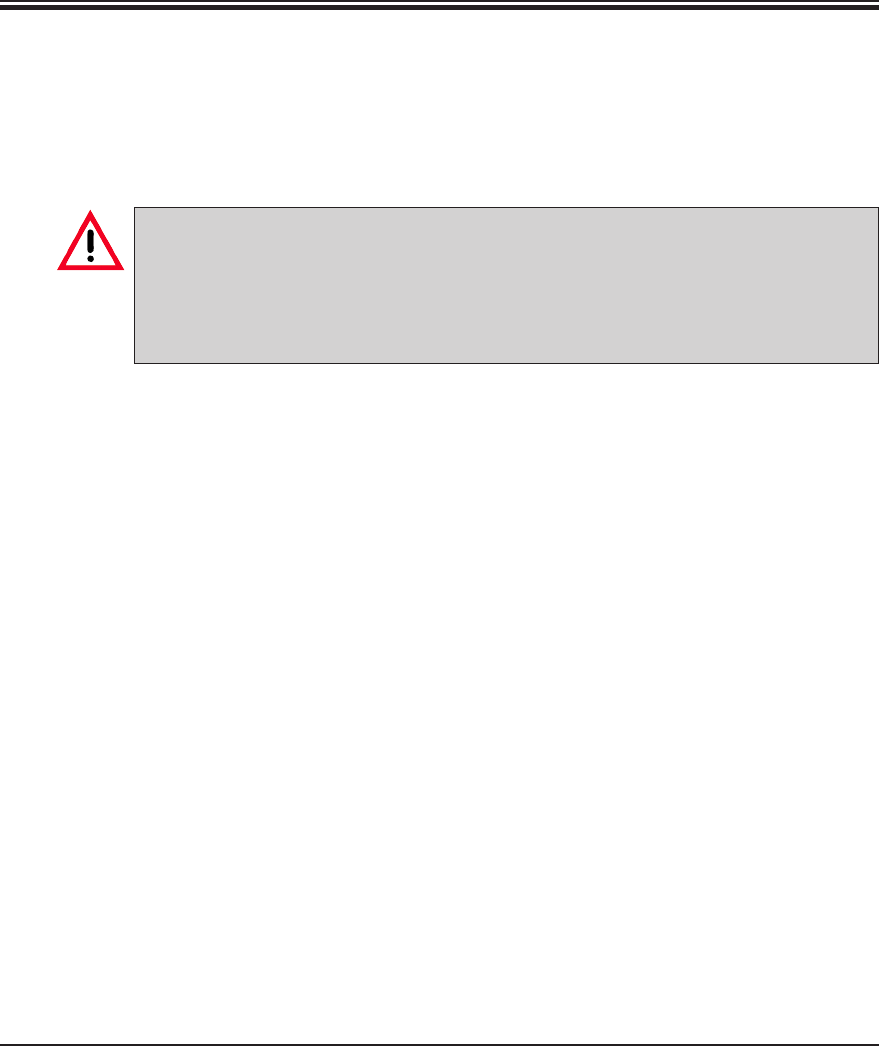
38
Operating Manual V 1.1 – 01/2010
5. Operation
The surfaces onto which the specimens are attached must be clean, dry and free of adhesive
residue from previous applications.
The specimen mounting blocks specimen tray, and deluxe specimen bath have a hard sur-
face coating that should not be impaired, even by repeated sectioning operations with razor
blades.
• Carefullywipethesurfaceofthespecimenstobeattachedusingabsorbentpaperto
remove fluid residue that could impair the adhesion.
• Applyasufficientquantityofadhesivetothecontactsurfacesothattheentirespecimen
is fixed.
• Experiencehasshownthatmostdeviationsinthequalityofthesectionsisduetopartial
detachment of the specimens.
• Becausetheadhesiveeffectsetsinveryquickly,thespecimenshouldbeappliedtothe
adhesive surface carefully and accurately the first time.
• Ifthespecimenpermits,carefullypressonittoincreasetheadhesiveeffect.
Note that in all cases requiring adhesive mounting, thickness of the specimen should be kept
as small as practical to maximize rigidity.
Before sectioning with the VT1000 A, create a uniform, level surface along the cutting edge of
the tissue; this will reduce the time needed for cutting the specimen to size using the blade.
Adhesive Mounting (continued)
Be very careful when using the adhesive, as it very easily sticks to human skin. Avoid
direct skin contact with the adhesive under any circumstances.
If, despite this, you come into direct contact with the cyanoacrylate adhesive provided,
first allow the adhesive to air dry, then wipe it off with a towel soaked in acetone. When
unintentional bonding of skin occurs, separate by a "peeling" (rather than pulling) action
after applying acetone to bond area.
Instructions for a clean bond




